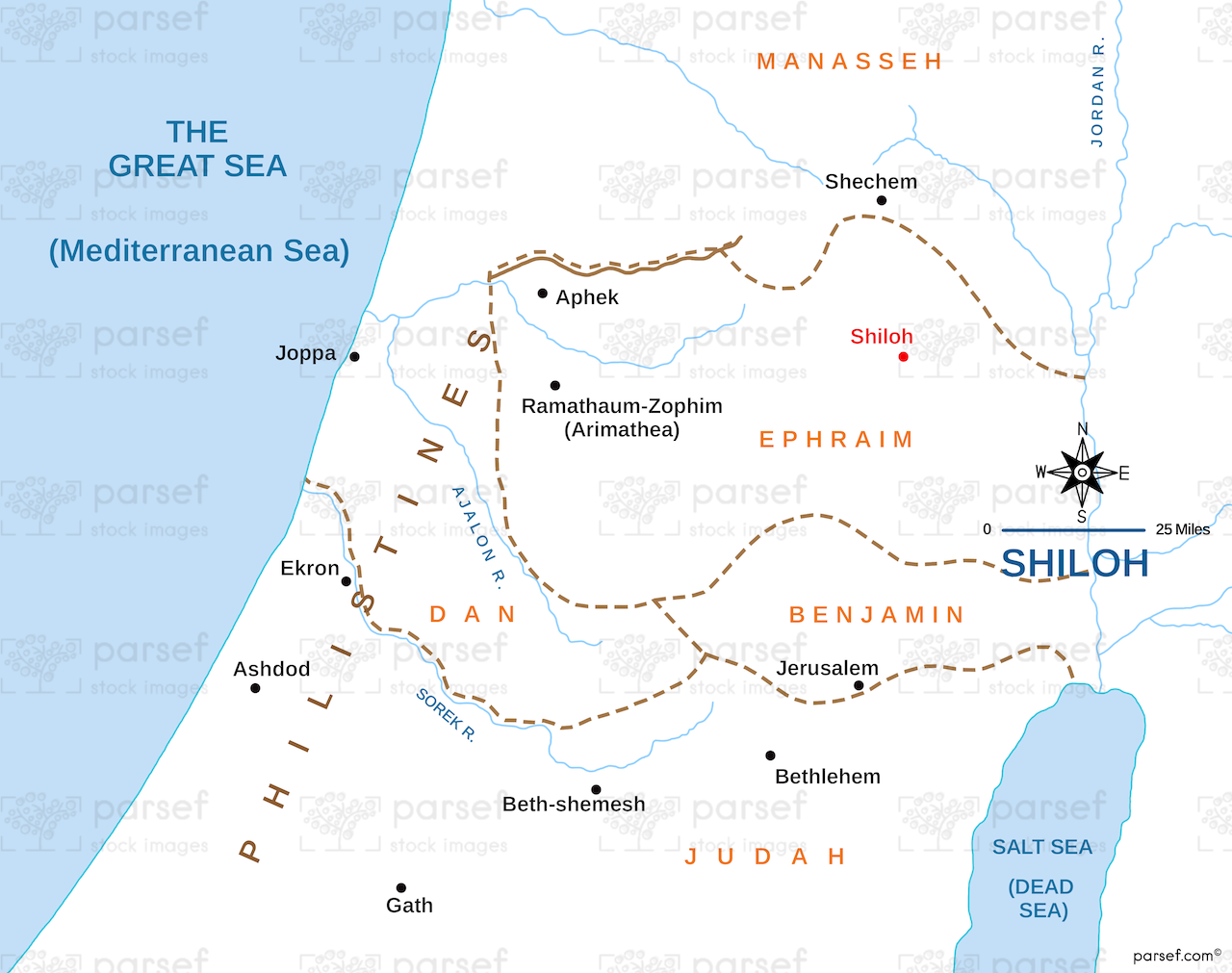
I Samuel Shiloh Map: This map focuses on Shiloh, a central location in the Book of 1 Samuel. It highlights the city as the site of the Tabernacle and the early priesthood. The map provides context for Samuel’s ministry and Israel’s spiritual life.

I Samuel Shiloh Map: This map focuses on Shiloh, a central location in the Book of 1 Samuel. It highlights the city as the site of the Tabernacle and the early priesthood. The map provides context for Samuel’s ministry and Israel’s spiritual life.
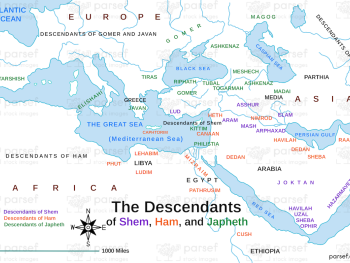
Genesis Shem Ham Japheth Map: This map shows the descendants of Noah’s sons—Shem, Ham, and Japheth—and their settlements. It highlights...
Read More
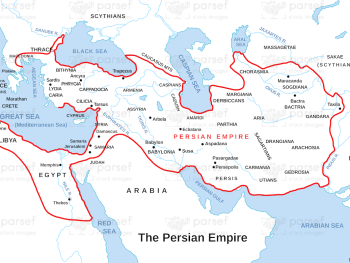
Ezra the Persian Empire Map: This map illustrates the Persian Empire’s vast expanse during the time of Ezra. It highlights...
Read More
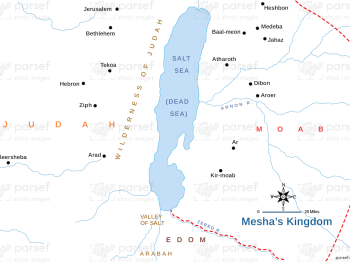
II Kings Mesha’s Kingdom Map: This map focuses on the kingdom of Moab under King Mesha, as mentioned in 2...
Read More
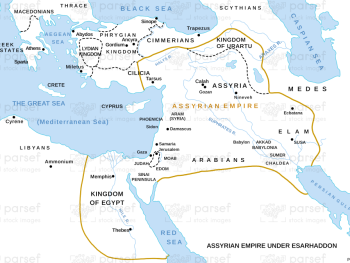
II Kings Assyrian Empire Under Esarhaddon Map: This map highlights the Assyrian Empire during the reign of Esarhaddon, as mentioned...
Read More
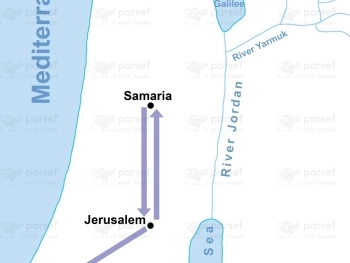
Acts Phillip Samaria Gaza Map: Follow Phillip’s journey through Samaria and Gaza as described in Acts. This map highlights key...
Read More
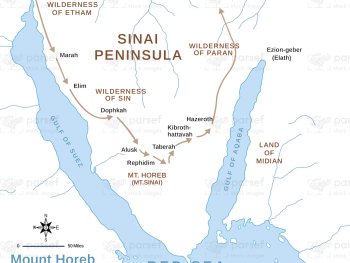
Exodus Mount Horeb Map: This map focuses on Mount Horeb (Sinai), where Moses received the Ten Commandments. It highlights the...
Read More
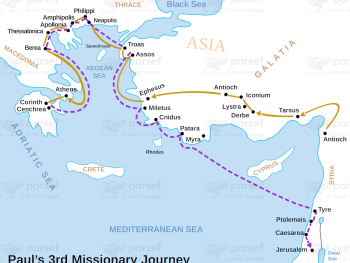
Acts Paul’s Third Missionary Journey Map: Focused on Paul’s third missionary journey, this map shows his travels through regions like...
Read More
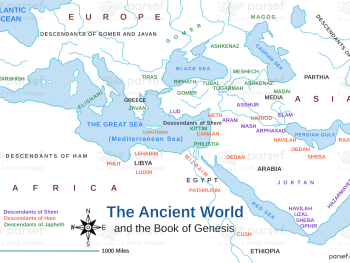
Ancient World of Genesis Map: This map depicts the ancient world as described in the Book of Genesis. It includes...
Read More
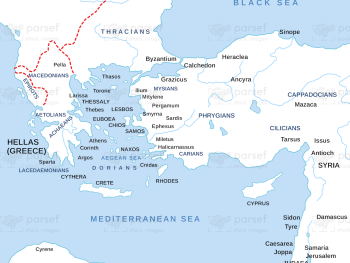
Alexander the Great’s Empire on the West Map: Focused on the western territories of Alexander’s empire, this map highlights regions...
Read More
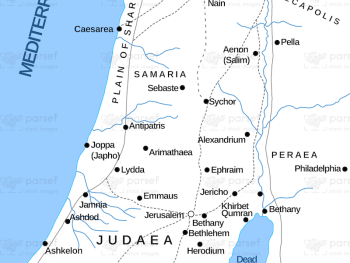
Israel in the New Testament Map: This map highlights the geography of Israel in the New Testament period. It shows...
Read More
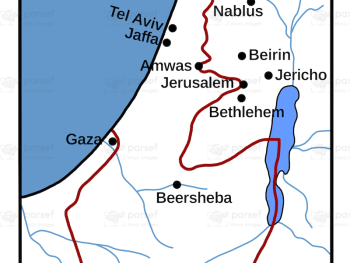
Israel in 1949 With Boundaries Map: This map shows the state of Israel in 1949, shortly after its establishment, with...
Read More
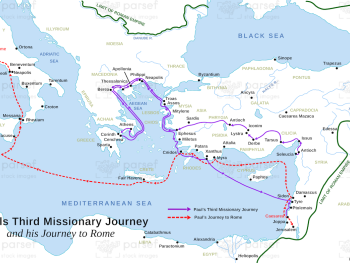
Acts Paul’s Third Journey and Rome Map: Explore Paul’s third missionary journey and his eventual voyage to Rome. This map...
Read More